





 |
 |
 |
 |
 |
 |
| Duncan | profile | all galleries >> High Speed Photography >> High speed photography rigs | tree view | thumbnails | slideshow |
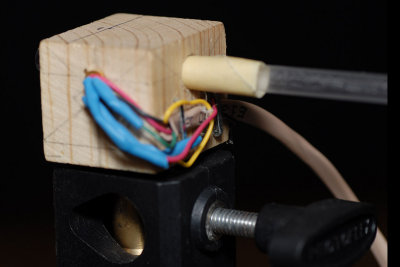 Blowdart sensor 8183.jpg |
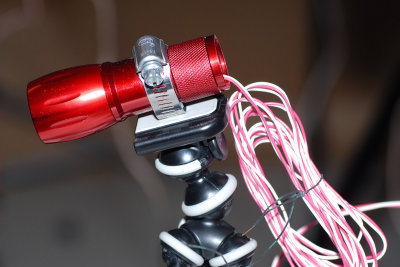 Flashlight 8191.jpg |
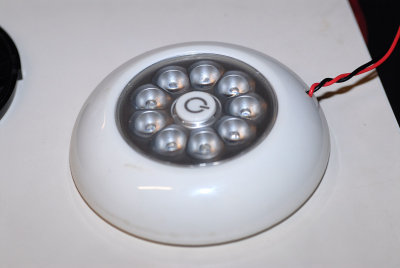 LED ceiling light, modified 8192.jpg |
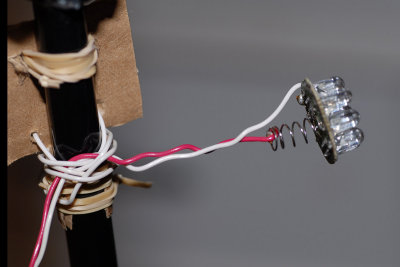 LED modeling light 8193.jpg |
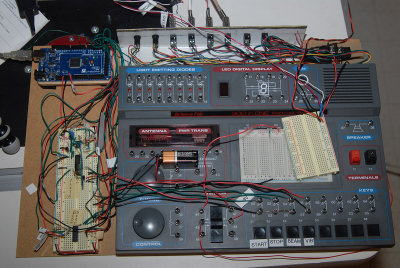 Project board overview_8188.jpg |
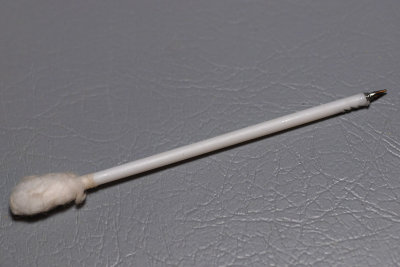 Q-tip blowdart 8185.jpg |
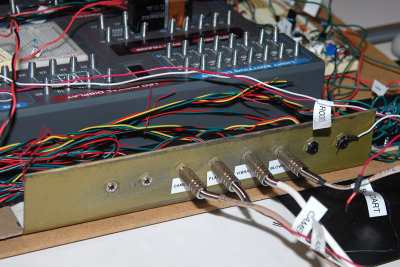 plugs 8190.jpg |